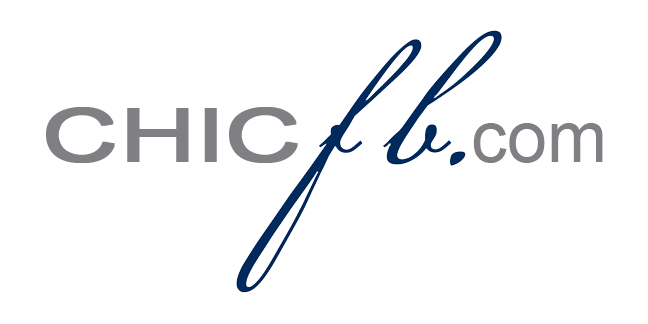It was a pleasant conversation with some journalists: after dinner drinks and a post interview of a well known CEO of a luxury yacht company. the thought came out after discussing about the sequence of worldwide depressions and the economical theories of the potato, lipstick and foundation factors.
The Early Thirties main Depression produced the potato factor: an increase of the use of potatoes as a mean of feeding families. cheaper way of filling stomachs in times of misery and lack of cash availability.
The 9/11 economical downturn had as a result an increase in lipstick sale. The “Lipstick Index” raan instant gratification for women to cheer themselves up.
The 2009 version of these sadly cyclical events created another mass produced effect, the foundation and its unexpected rise in sales.
Is it really the Kardashians effect? That flawless, perfectly hair brushed, photoshopped skin color that looks great in TV and at night? But if that is, aren’t the numerous and ubiquitous sisters the exact and specular opposite of economical depression?
We live in a dichotomy.
Is it the same that happens in fashion and the “recessionista” effect: high and low, luxury and mass, Bottega Veneta + The Gap. Or is it only me?

